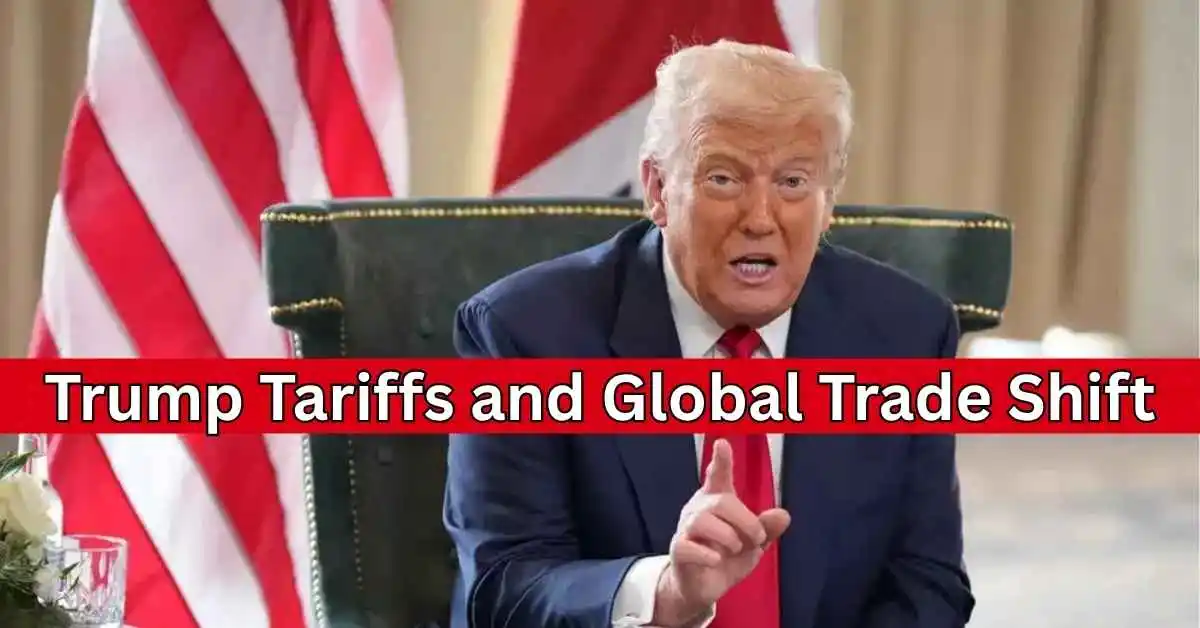Trump tariffs return: A major turning point in U.S. trade policy. How it impacts China, Russia, India, and the global economy. Read the full analysis now.
Trump Tariffs and Global Trade Changes: Is This the End of China Dependence?
Former US President Donald Trump’s tariff policies are once again making headlines. With rising global tensions, growing distrust of Chinese trade, and shifting energy alliances, Trump-era tariffs are no longer just history they could be the future. This blog explores how these tariffs are shaping global trade, reducing dependence on China and Russia, and opening new doors for countries like India.
What are Trump Tariffs?
Trump has imposed heavy tariffs on China during his presidency up to 25% on nearly $250 billion worth of Chinese goods. This was to reduce America’s trade deficit and boost domestic manufacturing. Critics called it a trade war. But now, as geopolitical power shifts and global alliances shift, the tariffs are finding new supporteven from industries that once opposed them.
Why are they back in the spotlight?
In today’s multipolar world, Western economies are under pressure to reduce risks to supply chains and their dependence on authoritarian regimes. Recent wars, sanctions, and energy crises have taught a big lesson: Economic power must be self-reliant. This is where Trump’s trade argument is finding new relevance even among Democrats.
The U.S. is no longer focused solely on cheap imports; it now wants secure and flexible trading partnerships.
Impact on China and Russia
The tariffs have had a major impact on China’s exports. While the Chinese government has tried to counter them with subsidies, foreign companies are now relocating operations to Vietnam, India, and Mexico. The shift is also visible in technology, as the U.S. restricts advanced semiconductor exports to China.
At the same time, Western sanctions have reduced Russia’s energy exports. Many nations are now avoiding over-reliance on Russian gas and oil. The global trade map is being redrawn less China, less Russia, more regional diversification.
How India Fits In
India is emerging as a major winner. With a stable political structure, large labor force, and digital infrastructure, India is attracting global manufacturers. Apple has moved a large portion of its iPhone assembly to India. The U.S. and European Union are also investing in India’s clean energy and defense sectors.
India is no longer just an outsourcing destination it is a strategic economic partner.
Economic Impact Ahead
Tariffs will shape prices, investment, and production patterns. The U.S. China divide in technology, manufacturing, and energy will divide markets and create new blocs. The short-term consequences may be higher prices, but the long-term benefits include supply chain security, local job creation, and geopolitical stability.
A New Trade Era Begins
Trump’s tariffs were once seen as aggressive. But today, they represent a global reality economic policy is now security policy. As nations prepare for an uncertain future, the pace of trade away from China and Russia is accelerating. The world is moving toward more reliable, diverse, and flexible trading systems and India stands to benefit.









1 thought on “Trump Tariffs and Global Trade Shift: Is This the End of China Dependency?”